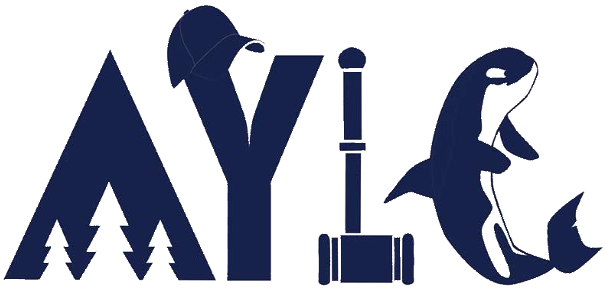Shoplifting and Theft
Shoplifting and Theft

What is shoplifting?
Shoplifting means taking any item from a story or business by concealing it so that you obtain it for yourself or for someone else without paying for it. In Alaska’s criminal law, shoplifting is a theft, which may also be called larceny. Theft can also be committed by obtaining services without paying for them. A theft under this law can be in the first, second, third, or fourth degree, depending on the value of the stolen goods or services and certain other facts, such as whether the shoplifter has previous convictions for similar actions, and what kind of things are stolen.
What is the punishment for shoplifting?
Shoplifting is often a misdemeanor, which is a less serious crime than a felony. But even when shoplifting is a misdemeanor, the maximum penalties allowed under the law are substantial. The penalties for felonies are greater. If the value of the stolen property is less than $750, the theft is a misdemeanor. Greater than $750 is a felony with a jail sentence of up to 5 or 10 years, depending on the value. Maximum penalties will probably not be imposed for a first offense, but repeat offenses will be punished more severely. The punishment may also be greater for certain items such as a firearm, a vehicle, survival equipment, or a credit card, regardless of the value.
What will happen if I am arrested for shoplifting
If you are a minor (under 18), and you are arrested for shoplifting, you may be offered an opportunity to go through Youth Court, discussed in Section 7 of this Guide. You might be sentenced to perform a certain number of community service hours, or to take an anti-shoplifting class where you will learn about property crimes and their negative impact on society.



